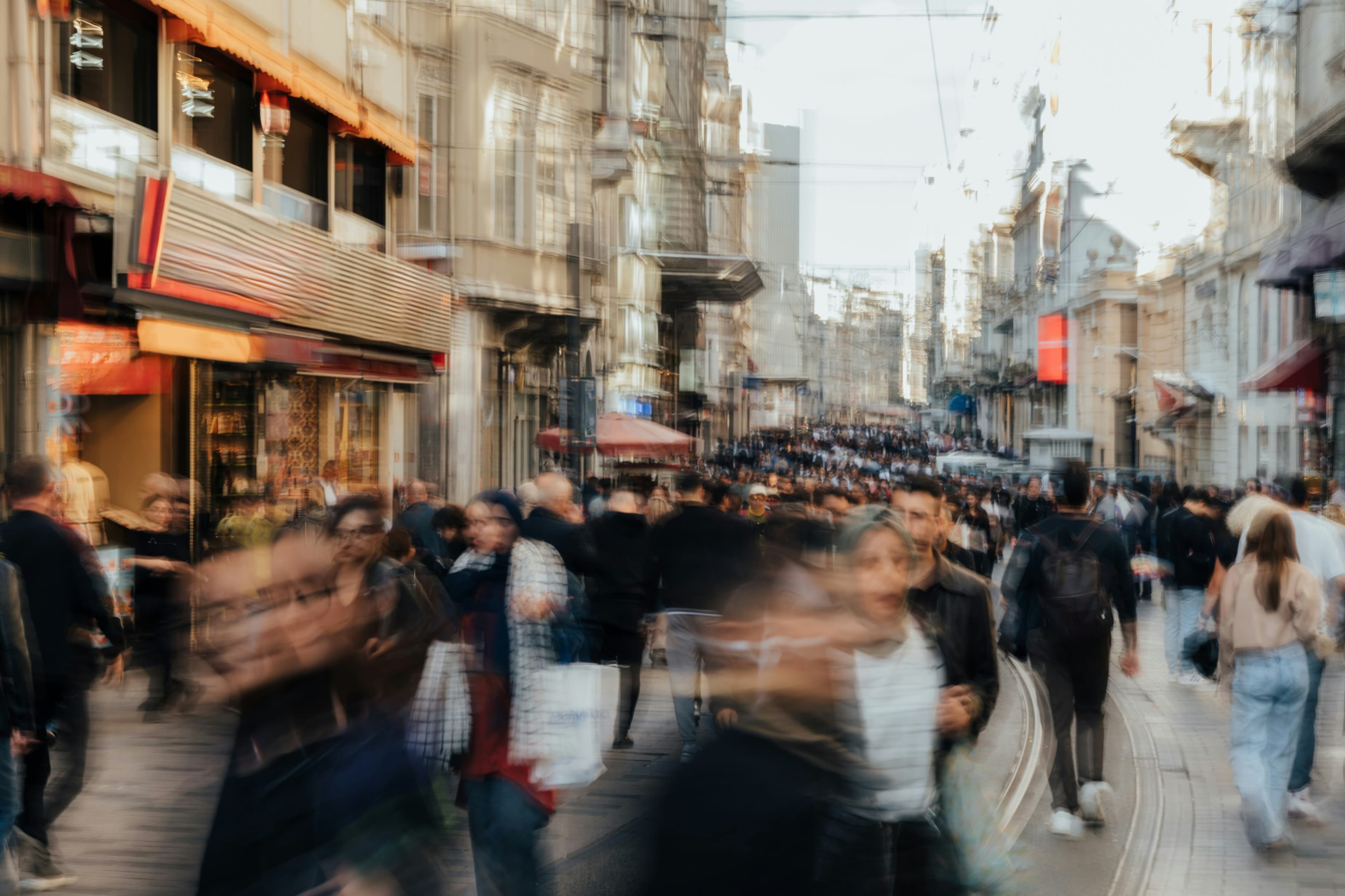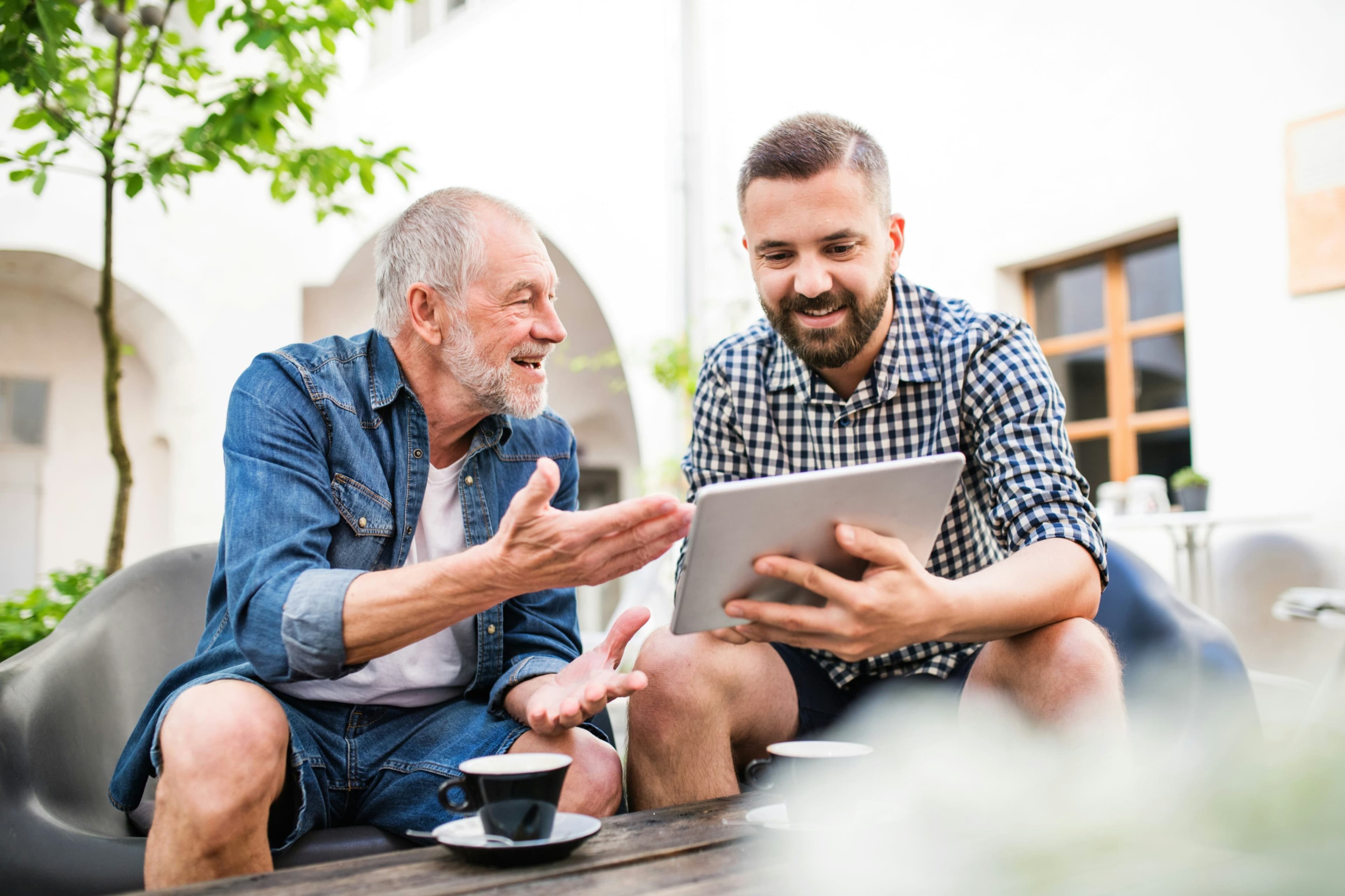
Getting the Word Out: How Cities Can Market Events to Engage Every Resident
Cities thrive when residents are informed, engaged, and excited about what’s happening in their community. But reaching everyone - across ages, cultures, and neighborhoods - can be challenging. Effective event communication isn’t just about posting on social media or printing flyers; it’s about creating messaging that resonates, invites participation, and makes people feel included.
In this article, we’ll explore strategies for making city event communications more effective - from inclusive messaging and multi-channel outreach to storytelling, multimedia, and targeted promotions. We’ll also touch on measuring success and refining approaches to ensure every resident has the opportunity to engage with city events.
Getting the Word Out: Inclusive Messaging
Effective municipal communication about events must start with messaging that resonates across cultural, linguistic, and generational lines. Key strategies include:
Plain language: Avoid jargon and overly bureaucratic terms.
Language accessibility: Provide materials in multiple languages spoken in the city.
Representation: Use photos, testimonials, and content that reflect the diversity of the community.
Accessibility: Ensure information and venues are accessible to individuals with disabilities.
Community input: Involve neighborhood associations, youth groups, and senior councils during the planning phase.
Example: In Kankakee, Illinois, nearly 18% of residents identify as Hispanic or Latino. By offering bilingual event flyers and social media posts, the city has increased participation in events like the Hispanic Heritage Festival.
Maximizing Channel Diversity
A multi-channel approach ensures you reach every corner of the community:
Digital channels: Social media platforms like Facebook and Instagram engage younger audiences.
Email newsletters: Segment for specific groups, like arts supporters or parents of school-aged children.
Traditional media: Printed flyers at libraries, grocery stores, and community centers remain effective for seniors and residents with limited internet access.
In-person outreach: Attending neighborhood meetings or visiting apartment complexes builds trust and encourages word-of-mouth promotion.
Combining high-tech and high-touch methods fosters broader reach and stronger community connection.
Using Storytelling and Multimedia
Storytelling makes events relatable and memorable. Tips include:
Highlight individual stories, such as a local artist preparing for a mural or a resident organizing a community picnic.
Use multimedia: short videos, blog posts, or social media spotlights can increase engagement.
Include captions on videos to improve accessibility.
Example: Kankakee’s Facebook Live coverage of event preparations increased anticipation a
Read-Only
$3.99/month
- ✓ Unlimited article access
- ✓ Profile setup & commenting
- ✓ Newsletter
Essential
$6.99/month
- ✓ All Read-Only features
- ✓ Connect with subscribers
- ✓ Private messaging
- ✓ Access to CityGov AI
- ✓ 5 submissions, 2 publications
Premium
$9.99/month
- ✓ All Essential features
- 3 publications
- ✓ Library function access
- ✓ Spotlight feature
- ✓ Expert verification
- ✓ Early access to new features
More from 2 Topics
Explore related articles on similar topics





